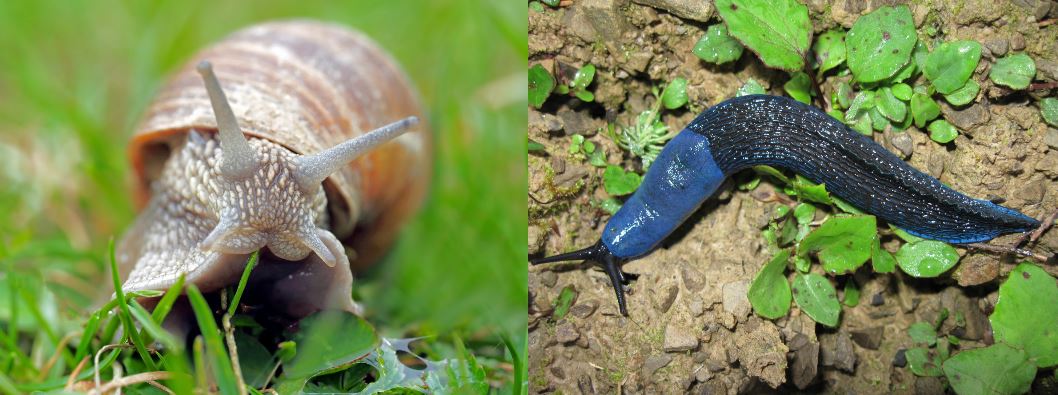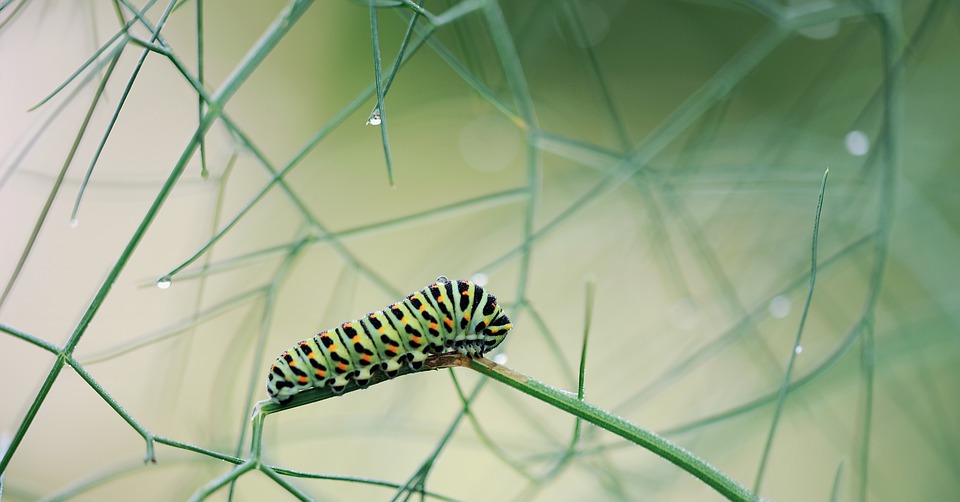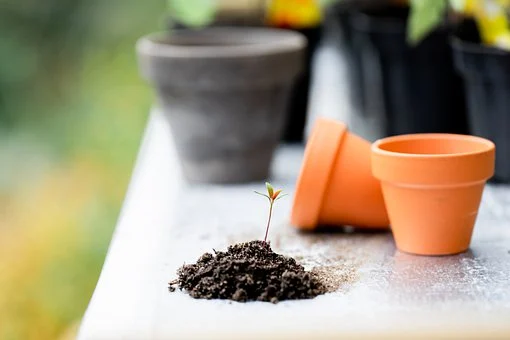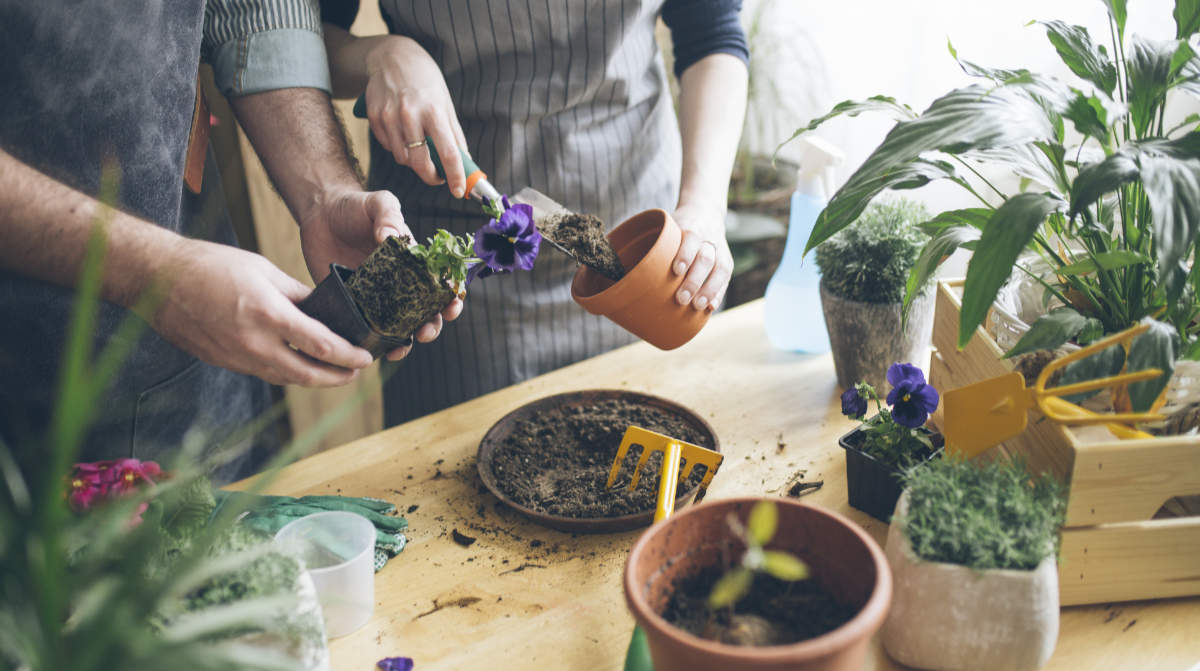3 Steps for Controlling Slugs and Snails
Contents
– Focus on slugs and snails
– Step 1: Detecting slugs and snails
– Step 2: Preventing Slugs and Snails
– Step 3: Case 1: Control slugs without products
– Step 3: Case 2: Treat with environmentally friendly solutions
– Step 3: Case 3: Use chemical pesticides
Slugs and snails feed primarily on soft-textured plants on the soil surface, including decaying plants. They can damage leaves (lettuce, baby greens, etc.), flowers, fruits (strawberries, blackberries, etc.) and seedlings such as beans.
They can also attack bulbs, tubers or underground roots buried in the soil during a prolonged drought.
But not all species of gastropods wreak havoc, some crops are safe, and some limited damage is tolerable. Moreover, contributing to the formation of humus, gastropods have a certain utility. It is therefore not necessary to try to eradicate them. It is advisable to adapt the control to the level of nuisance by adopting simple control procedures that are not dangerous for humans, animals or nature.
Let’s see how to fight against slugs and snails efficiently and economically.
Focus on slugs and snails
Slugs and snails are mollusks of the gastropod class, which need a thin film of water to move easily and appear with the onset of rain.
Slugs
Slugs that do not have a shell measure from 1 to 15 cm, depending on the variety. They have a soft and slimy body and are of various colours going from black to red, passing by gray or white.
They are composed of a head with 4 mobile tactile and olfactory tentacles, 2 of which carry the eyes. Their mouth with 2 jaws furnished with small teeth is adapted to the tender texture of the young shoots. They locate their food or flee certain plants thanks to their olfactory system.
After the head, comes the mantle (or shield) with its respiratory orifice, but no shell as in the snail. All the ventral part is constituted by the foot, which enables them to move. Slugs can not move without the mucus that allows them to slide and is produced by a gland at the foot’s base.
Snails
Also well known in our gardens, the small grey or the giant burgundy snail differs essentially from slugs by the presence of a shell in which they can take refuge in danger or hostile weather conditions.
Protected from dehydration by a mucous veil, they can then enter into hibernation, from which they emerge when conditions become favourable again.
Food and lifestyle
The small gray slugs absorb a few tens of mg of food daily, while the giant red slugs can consume up to 10 g.
They need mucus to move around and can only produce it in high humidity. This is why they only come out and move around when it rains or sprinkles, as well as in the evening, at night and in the morning when the soil is still relatively moist.
Not being able to bear too low temperatures (they die below 3°C), they bury themselves in the ground as soon as the first cold weather arrives. It is only from approximately 18 °C that they proliferate.
Reproduction:
– They are hermaphroditic, but not simultaneously, with the male organs appearing before the female organs.
– A female can lay up to a hundred eggs, distributed in packs of 10 at least, which she deposits in a hole dug in the ground or under a shelter on the surface.
– The incubation period of these eggs can vary according to climatic conditions from a few weeks to 4 months, making it possible for 1 to 2 generations to be born per year.
Mobility:
– Usually, slugs and snails do not move more than 50 cm per day if food is sufficiently abundant.
– However, in wet weather and if they are looking for food, their movement can reach 6 to 7 m daily.
Ideal environment:
They appreciate:
– fairly moist air and soil;
– a temperature between 15 and 20 °C;
– aerated or clay soil, covered with plant debris, crop residues or straw.
1. Detect the presence of slugs and snails
Very few plants escape being nibbled by slugs or snails. You can easily detect their presence:
– devastated seedlings;
– young lettuce plants devoured;
– half eaten strawberries;
– green beans cut to the ground;
– etc.
For some, these pests are capable of ingesting in one night the equivalent of several times their weight. More than their size, which can reach from 1 cm (common) to 15 cm (very rare), it is their number that will cause the extent of the damage.
Here again, spotting their presence will be very easy. The small white snails, excessively numerous when it is scorching, go up to take refuge at the end of the plants to protect themselves from the heat of the ground. Very spectacular by their white agglutinations, they cover all the branches’ extremities, preventing the development of buds or “eyes”.
2. Prevent the invasion of slugs and snails
There are several simple and natural ways to keep these pests away:
– Keep compost piles, spread grass, and other possible slug and snail shelters (wood piles, stone piles, etc.) away from your plantings.
– Slugs hate common plants such as parsley, chervil, comfrey, nasturtium, begonia, and clover. In the garden, plant them as a reasonably wide barrier around your crops to protect them.
– Since slugs need moisture to move around, barriers of drying ground covers such as sawdust, wood shavings, diatomaceous earth, ash, coffee grounds, etc., can keep them away for a while but should be renewed with each rain.
– Also, pine needle mulches have some effect.
Repellent recipes
Home gardeners, holding organic farming, traditionally use sprays of solutions prepared from plants to keep slugs away:
- decoctions of mugwort, horsetail, or macerations of leaves of begonias, blackcurrant;
- also, ferns.
3. Case 1: Eliminate slugs without products
Install slug traps
To collect slugs effectively, first, gather them and then remove them.
– Place boards, flower pots or overturned crates on the ground near your plants. They are all havens where slugs and snails take refuge during the day. Visit them regularly to remove many of the snails.
– Containers filled with beer are also traditionally used. They attract slugs that drown in them. However, these traps may attract other valuable garden animals such as ground beetles or hedgehogs. Cover the containers to prevent rain from diluting the beer.
– Other baits such as young salad leaves can also be used.
Pick up cool
This can be done if your garden is small and pest numbers are low. Do it when the slugs move around, in the evening or morning and after rain.
Tip: It is not necessary to kill these slugs after collection. Just throw them far enough away from your crops in a field or wood.
Encourage slug predators
Slugs have natural predators. Do not destroy them and instead try to protect their shelters.
Indeed, insects such as carabid beetles that attack either the eggs or the slugs themselves, and other animals such as hedgehogs, shrews, toads or birds, gladly make their meal.
Case of the tiny white snails
To eliminate them quickly, use their natural tendency to climb up any erect stem to escape the soil’s heat.
Plant a few wooden or metal stakes or a few rods of canisses in the middle of and around your plantation. These snails will quickly migrate along these lures to the ends, and you will only have to pick them up regularly by handfuls to get rid of them by throwing them away with a basin or drowning them in a bit of water.
3. Case 2: Treat with eco-friendly solutions
If, despite all these preventive means, snails and slugs threaten your harvest, you still have the solution of using an anti-slug treatment while avoiding the use of toxic products:
– There is a powder containing a microscopic worm to be diluted in water, an exclusive parasite of slugs:
◦ This nematode, Phasmarhabditis hermaphrodite, searches for slugs in the soil and kills them after a few days by multiplying and preventing them from feeding.
◦ The nematodes remain active for 6 weeks, provided that the soil remains moist for 15 days and the temperature of the treated soil is between 5 and 20 °C. Since these parasites disappear when there is no more prey, this treatment leaves no waste.
◦ One bag treats approximately 30 m². Apply in sprays or watering.
– Ferric phosphate, which acts by inhibiting the appetite of slugs, is also harmless to other animals. Moreover, it degrades in the soil, under the effect of micro-organisms, into assimilable phosphate fertilizer.
3. Case 3: Use chemical pesticides
Once widely used, chemical molluscicides are no longer recommended. They are too toxic for children and other animals (pets, birds, hedgehogs, etc.) and can be replaced by harmless products (see above).
And even if you cover them with a tile, for example, or if you use products containing bitter additives meant to dissuade their absorption by other animals, do not forget that poisoned slugs poison their predators.
These products are mainly based on metaldehyde in varying doses and come in the form of granules, which, when dispersed around the plants to be protected, are resistant to humidity and act for several weeks. The slug or snail that has ingested them leaves traces of slime in a zigzag pattern at the end of which they are found dying or dried out.
If you do decide to use a chemical slug killer, you must manage its application as you would with toxic crop protection sprays:
– Read the handling precautions beforehand.
– Be careful not to apply it beyond the edges of plots that border a waterway so as not to pollute the latter’s water.
Equipment to control slugs and snails
Anti-slug collar
Ferramol granules
Anti-slug trap
Nemaslug powder
Pressure sprayer



